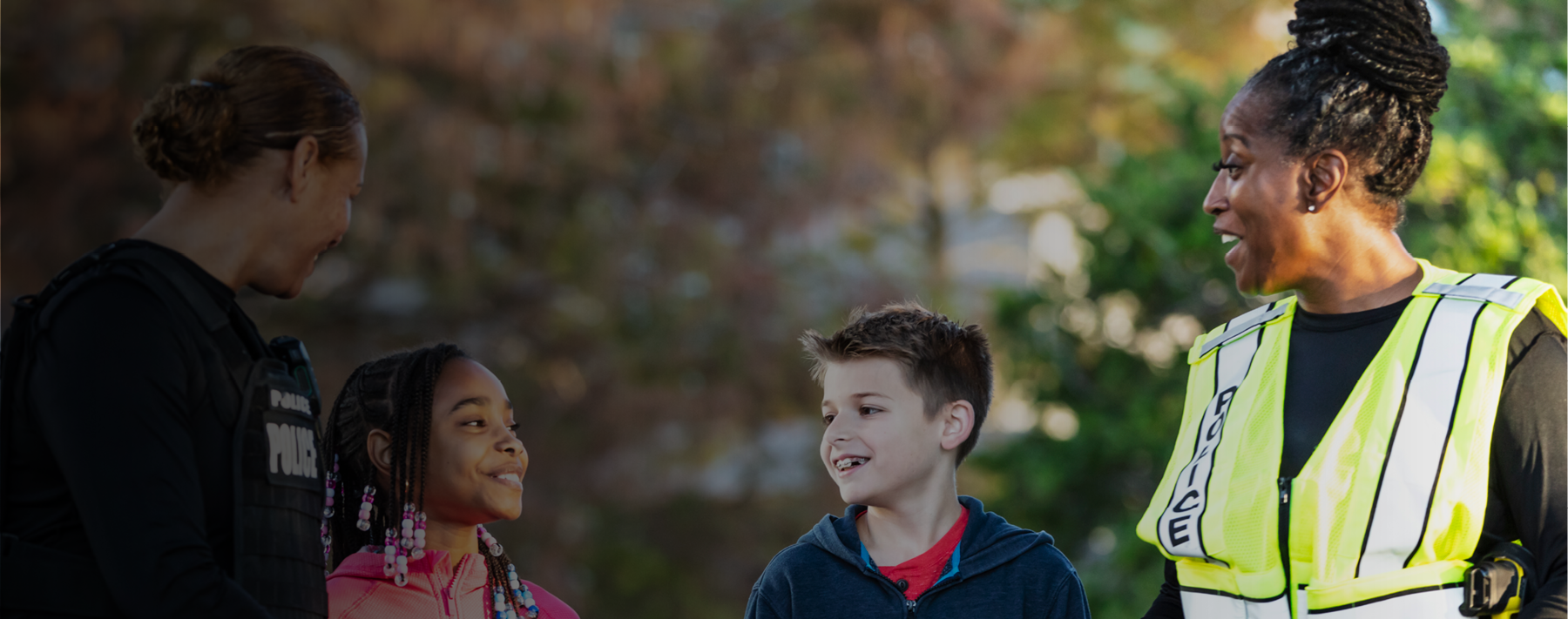The American Rescue Plan (ARP) is an unprecedented response to an unprecedented situation. With communities reeling from more than a year of lost revenue and increased spending to combat the COVID-19 pandemic, Congress passed a package of direct aid far beyond anything most Americans have experienced or will experience again in their lifetimes.
For local governments across the country, the ARP is a $350 billion opportunity to not only replace lost revenue, but to strategically invest in technology and services that create a foundation for more effective response to future public health emergencies. Public safety leaders must lead these discussions, advocating for funding that has largely been out of reach. Following are some guidelines for how to get started.
Learn How Funds Will Be Distributed in Your Community
Because the ARP provides direct funding, the process for allocating funds will vary by community. Some local governments may set up a process that works like competitive grant funding, with formal applications. Others may hold town halls or request other community input. Key to having a shot at funds is to learn exactly how the process will work in your community—including deadlines, format for submitting requests, paperwork that must be filed, etc. It is also good to know how much funding your community is receiving so that you can position your request as a percentage of the total funding received.
Think Strategically
In the rush to get funding, it can be tempting to focus in on one specific item—a new rescue vehicle, decontamination equipment, a training building. But with so much funding on the table, a better approach is to challenge yourself to look at your agency’s and your community’s needs from a holistic perspective. What problem are you trying to solve? How will what you’re asking for benefit not just your agency, but other parts of your local government? And are there opportunities to combine efforts with other departments or agencies? A funding request that benefits both police and fire may carry more weight, while a request for a regional training simulator demonstrates responsible use of funding.
Regardless of the process for fund distribution , public safety leaders must be ready to justify their requests with qualitative and quantitative data.
Prioritize Your Projects
Every public safety leader has a wish list of items their agency needs. While it’s unrealistic to expect the American Rescue Plan to give you everything you want, it’s also not wise to limit your request to just one ask. Your top priority may be body cams or new SCBA, but you should also be prepared with other projects in case your top choice is rejected. We recommend listing out at least five projects—with varying budgets and scope—and ranking them in priority order. Then, do your homework—obtain cost estimates, gather descriptive materials and note information that will help decision makers, such as the time to implement.
Explain Why You Need the Funds—& What Will Happen If You Don’t Get It
Regardless of the process for fund distribution , public safety leaders must be ready to justify their requests with qualitative and quantitative data. The ARP funding guidelines are broad, so it’s up to you to detail the connection between what you’re asking for and the pandemic. Did your agency lose revenue when parking citations were suspended? Have you seen an increase in people frequenting your parks or lakes, necessitating funding for a new all-terrain vehicle or to stand up a bike patrol or water-rescue unit? Every public safety agency had to make changes to the way personnel are trained—what impact did that have on your agency? How are you addressing the mental and emotional strain COVID-19 has placed on your personnel? Equally important here is to tell the story of what will happen if you don’t get the funds. If your agency continues to operate with radios that aren’t interoperable, what risk does that cause? A new records management system is an investment, but without it your crime statistic reporting will remain inaccurate, impacting funding for next 10 or 20 years.
The bottom line: The American Rescue Plan provides a unique opportunity to address some of the unfunded priorities facing public safety agencies across the country. But competition for funding will be stiff. Public safety agencies cannot just sit back and wait for the money to come to them. Prepare as though you’re submitting for a competitive grant, and you will give your agency the best shot at meeting community needs.



